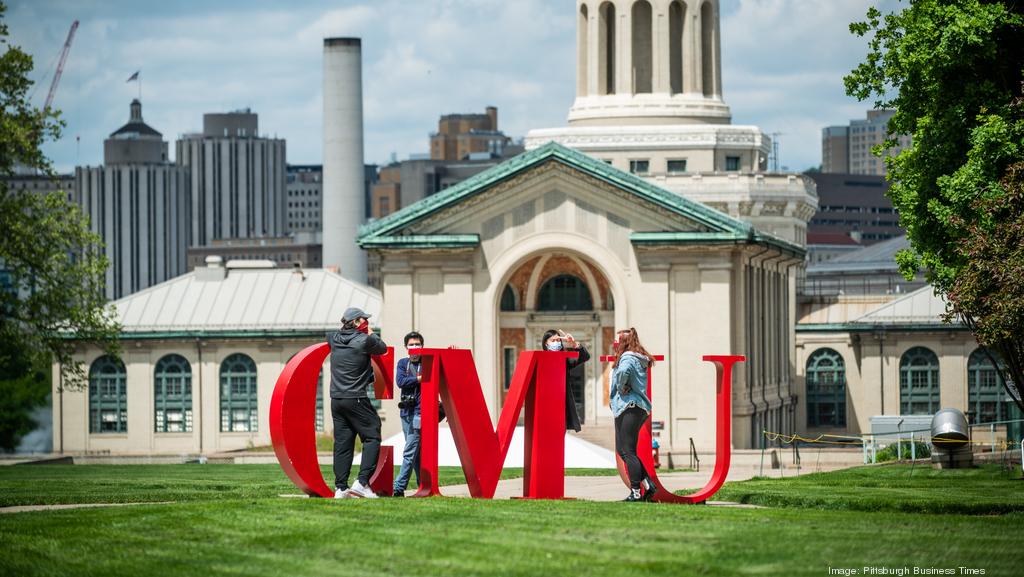The human arsenal has a track record of being expansive beyond all-known limits, but to be honest, it has still never seen anything more significant than that tendency of growing on a consistent basis. This …
The human arsenal has a track record of being expansive beyond all-known limits, but to be honest, it has still never seen anything more significant than that tendency of growing on a consistent basis. This tendency to improve, no matter the situation, seems so significant because it has fetched the world some pretty huge milestones, with technology emerging as a notable member of the group. The reason why we hold technology in such a high regard is, by and large, predicated upon its skill-set, which guided us towards a reality that nobody could have ever imagined otherwise. Nevertheless, if we look beyond the surface for a second, it will become clear how the whole runner was also very much inspired from the way we applied those skills across a real world environment. The latter component, in fact, did a lot to give the creation a spectrum-wide presence and start what was a full-blown tech revolution. Of course, this revolution then went on to scale up the human experience through some outright unique avenues, but even after achieving a feat so notable, technology will somehow continue bringing the right goods. The same has turned increasingly evident in recent times, and assuming a new manufacturing-themed discovery shakes out just like we envision, it will only propel that trend towards bigger and better heights.
The researching team at Carnegie Mellon University’s Robotics Institute has successfully developed a machine learning tool, which can be used to create 3D virtual models from 2D sketches without any hassle at all. Named as Pix2pix3d, the tool delivers at your disposal the capability to prepare models of anything from customized household furniture to video game content. Talk about how the stated tool sets itself apart, Pix2pix3d, unlike other tools that create two-dimensional images, empowers the user to import a two-dimensional sketch or more detailed information from label maps like a segmentation or edge map. Once that bit is duly completed, the solution moves on to synthesize a 3D-volumetric representation of geometry, appearance, and labels, notably showcasing the means to do so across multiple viewpoints and reach on a thorough result.
When quizzed regarding the vision behind this technology, Jun-Yan Zhu, an assistant professor in the School of Computer Science and a member of the Pix2pix3d team, said:
“Our research goal is to make content creation accessible to more people through the power of machine learning and data-driven approaches,”
Now, while it is impressive how Pix2pix3d lets you generate 3D images in such a simple and straightforward manner, the element which is enhancing this whole value proposition is the technology’s ability to allow real-time modifications. You see, after the image is ready, the user can even erase and redraw their original two-dimensional sketch, something that instantly gives the solution a lot more flexibility than other competitive tools. Notably, if the stated feature can work at a sizeable scale, it will be of huge utility for fields like manufacturing, as they’ll have a chance at designing, testing, and adjusting a product like never before.
Commenting on the solution’s simplicity, Kangle Deng, RI doctoral candidate and a member of the researching team, responded by saying:
“As long as you can draw a sketch, you can make your own customized 3D model.”
Upon digging into further details, we can learn that the Pix2pix3d has been trained on extensive data sets including cars, cats and human faces. However, despite an expansive pool of data to pull from, the researchers are already looking to expand the technology’s reach in the near future, positioning it to manufacture more consumer products, and therefore, setting the stage for major disruption.




